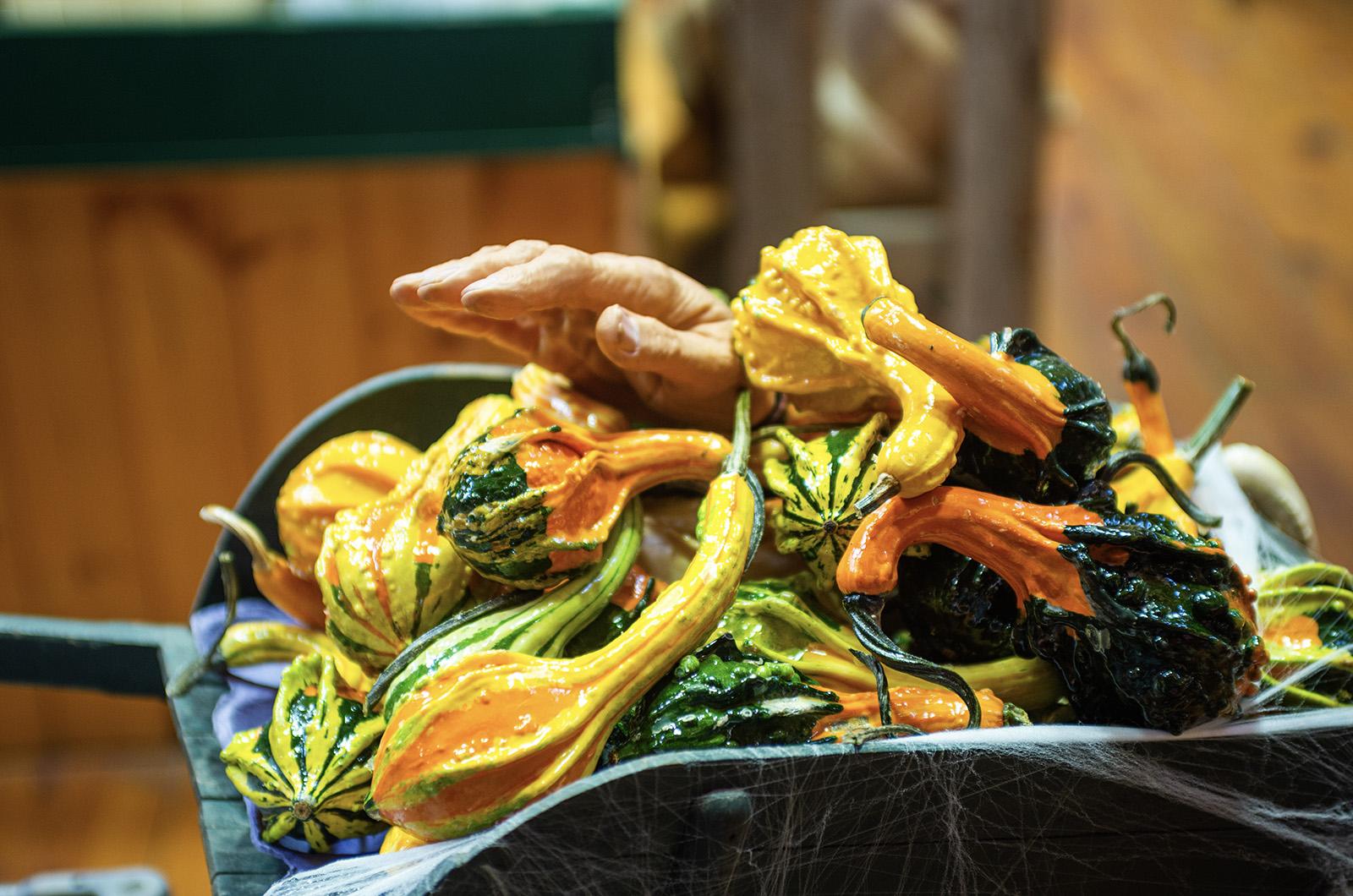The party is over and many of us are left with a sugar hangover and pockets full of empty candy wrappers.
Halloween can certainly be a good time and it is a mostly inclusive and secular holiday. It is a favorite for many children, with more than 73 million kids participating (according to the U.S. Census Bureau) and likely 100 million more adults.
Though pleasing to so many, it is difficult to deny that it is a horrifying holiday for the health of the planet.
I don’t want to sound like a Halloween Grinch, but start with those costumes. More than 80 percent of them are not recyclable and that plastic, crepe and cellophane creates 2,000 tons of plastic waste that goes into landfills across the country. These types of plastics have an expected lifetime of up to 200 years — surviving many generations beyond the children who wore them. Scary for sure.
More than 35 million costumes are discarded annually and it is not just plastic. Twelve million pounds of textile wastes are thrown away after Halloween.
We can make costumes less frightening by saving, sharing or donating costumes, employing reusable materials (cardboard is recyclable), thrifting and creating do-it-yourself outfits from your existing wardrobe. This year, we created Snoopy and Charlie Brown costumes with items we already owned or had in the house. But, yes, I still had lots of those candy wrappers in my pockets. None of us are perfect.
Next up are those beautiful pumpkins, though not so solid after too many days. Forty percent of us buy pumpkins; and of those, 60 percent throw them away. Pumpkin waste going to landfills is estimated at 18,000 tons, which could make 360 million servings of pumpkin pies. I say, let’s all eat pie!
Those pumpkins, if discarded, will decompose and produce methane, an emission 20 times more harmful than carbon dioxide for climate concerns. Better options include cooking, freezing, composting or feeding those orange orbs to wildlife.
Next up are those ghastly and ghostly decorations. Americans spend almost two and a half billion dollars on decorations that end up in landfills. Many are plastic and not recyclable. And single-serve candy wrappers add up to thirty percent of that waste. Consider candy wrapped in paper, aluminum, cardboard or other more natural material. Or ditch the candy. Your dentist will approve.
Good ideas include saving and re-using decorations, making decorations out of natural or biodegradable materials (think sheeted ghosts, scarecrow-like scarers and eerie lights) and developing traditions that honor the earth. How about a night hike to listen for owls and look for bats? I’m in for that.
I do believe that many of us already do think about these challenges and consider greener goals for fighting these Halloween horrors. You can take action now. Commit to using that pumpkin; save or share those costumes; put away the decorations for next year – and start thinking about making future years even more green.
Time is on your side: you now have 51 weeks to get into the spirit and make Halloween happy for the family, friends and for the planet.
Suzan Bellincampi is Islands director for Felix Neck Wildlife Sanctuary in Edgartown and the Nantucket Wildlife Sanctuaries. She is also the author of Martha’s Vineyard: A Field Guide to Island Nature and The Nature of Martha’s Vineyard.







Comments
Comment policy »